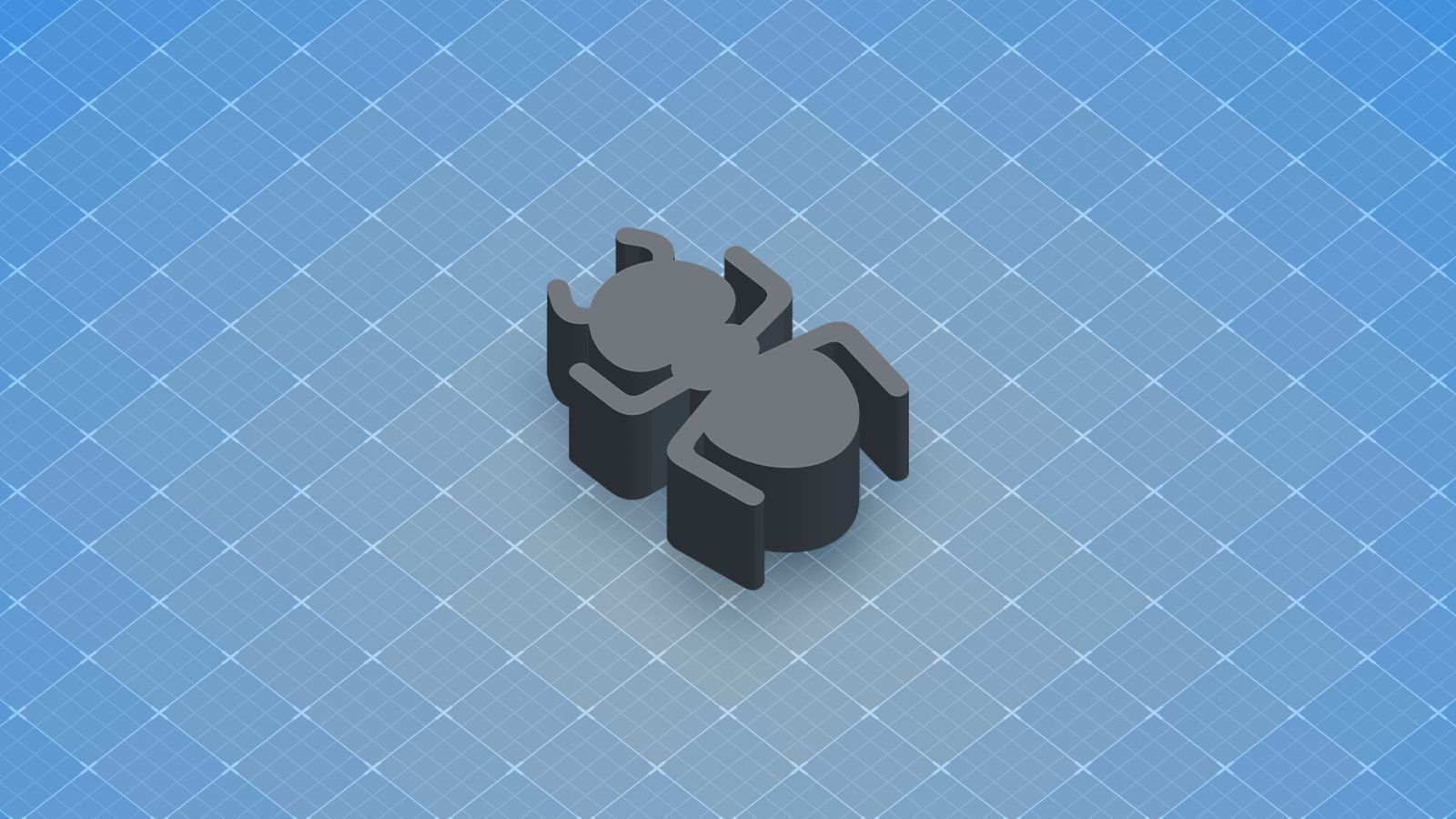If you’ve ever taken a short or medium-haul flight in Europe, there’s a good chance you’ve traveled into an Airbus A320 or into a Boeing 737. They are the two most common models in the continent’s airports, silent protagonists of millions of takeoffs each year. They have been operated by airlines of all types, from large national companies to the low cost companies that dominate the European market. Entire generations of passengers have flown on them, without knowing that they were part of a rivalry that has been in the air for almost four decades.
For years, the A320 and 737 have been the heart of global air traffic. Their versatility made them the natural choice for airlines looking for a cost-effective aircraft capable of operating on both regional and medium-haul routes. In Europe, this combination of efficiency and size made them protagonists of the expansion of low cost and the growth of tourism. Their rivalry not only drove technical innovation, it also defined the economic balances between Boeing and Airbus on both sides of the Atlantic.
A milestone that does not go unnoticed in Europe
On October 7, Airbus reached a historic turning point. According to data from the British firm Cirium cited by Reuters, the European manufacturer surpassed Boeing in accumulated deliveries: 12,260 units of the A320 family since its entry into service in 1988. The record was materialized with the delivery of an A320neo to the Saudi airline Flynas, which became the 12,260th aircraft in the series. With this milestone, Airbus snatches from Boeing the title of most delivered aircraft in history, a recognition that the 737 had maintained for more than half a century.
When we talk about “deliveries” in the aviation industry, we are not talking about orders or manufactured aircraft, but rather aircraft that have been completed, certified and officially transferred to an airline. It is the most tangible indicator of a manufacturer’s real activity, and also the one used by analysts like Cirium to establish comparisons. Airbus and Boeing have not publicly commented on the data, but industry sources agree that the count reflects a sustained trend: the A320 has been delivered at a higher rate than the 737 for years.
The A320 was born with an idea that changed the game: bringing the fly-by-wire to the single-aisle aircraft. Launched in 1984 and operational since 1988, it consolidated a family with high communality that allowed training pilots and maintaining fleets with lower costs. Boeing, which had the historical lead with the 737, reacted after a contract from United Airlines in 1992 and evolved its range with the 737NG. Since then, the competition focused on who offered the most efficiency and flexibility to the airlines, rather than in visible advances for the passenger.
The dominance of the 737 suffered after the accidents of the MAX model in 2018 and 2019, which left more than 300 victims and forced production and service to be temporarily paralyzed. Those accidents triggered a reputational crisis that took Boeing years to stabilize. The company, now under the direction of Kelly Ortberg, is trying to regain the industrial pulse, but the halt in deliveries and regulatory reviews marked a before and after in its ability to compete against the sustained pace of Airbus.
The dominance of the 737 suffered after the accidents of the MAX model in 2018 and 2019
Airbus is going through one of the busiest times in its history. With assembly lines in Toulouse, Hamburg, Mobile (USA) and Tianjin (China), the European manufacturer has progressively increased its capacity to respond to a demand of more than 7,000 pending, according to Airbus. Its strategy is to increase the production rate up to 75 aircraft per month in the coming years. Boeing, still weighed down by delays and revisions to the MAX, maintains a lower flow, which consolidates Airbus’ industrial advantage in the most profitable segment of the market.
Beyond the symbolic data, the leadership of the A320 has a direct translation into the European economy. Airbus coordinates a chain that distributes the workload between assembly lines in France and Germany and aerostructures and systems centers in Spain and the United Kingdom. In Spain, specialization in compounds, stabilizers and fuselage sections has consolidated a network of SMEs and large suppliers that export technology. Each increase in cadence implies more shifts, new certifications and medium-term contracts, a dynamic that supports qualified employment and knowledge transfer.

At Boeing, the focus is on stabilizing the present before thinking about a successor for the 737. The company has accumulated considerable debt after years of crisis and faces technical limitations derived from current engines, which already operate close to their maximum efficiency. The managers have admitted that there will be no new development until there are clear advances in propulsion and materials. Meanwhile, the priority is to recover the pace of deliveries, reinforce manufacturing quality and maintain the confidence of the airlines.
The pressure does not come only from the United States and Europe. China appears with COMAC and its C919 as a domestic alternative that aspires to gain traction outside its natural market, while Embraer debates whether to make the leap from regional jets to a larger capacity aircraft. None of this changes the board tomorrow, but it does mark a horizon in which Airbus and Boeing would no longer be alone in the single aisle.
![]()
The A320 record does not mean that Airbus has definitively defeated Boeing, but rather that it has managed to prevail in a specific indicator: deliveries. The competition is still alive and the single aisle market It still has a lot of room for growth, especially in Asia. For the passenger, nothing will probably change in the short term: they will continue to board an A320 or a 737 depending on the airline. But behind each banknote there is an industrial story that explains how Europe has managed to balance the sky against its historic American rival.
Images | Jan Rosolino | David Syphers
In WorldOfSoftware | The Comac C919 symbolizes China’s aerial dream: the trade war threatens to clip its wings in mid-takeoff











